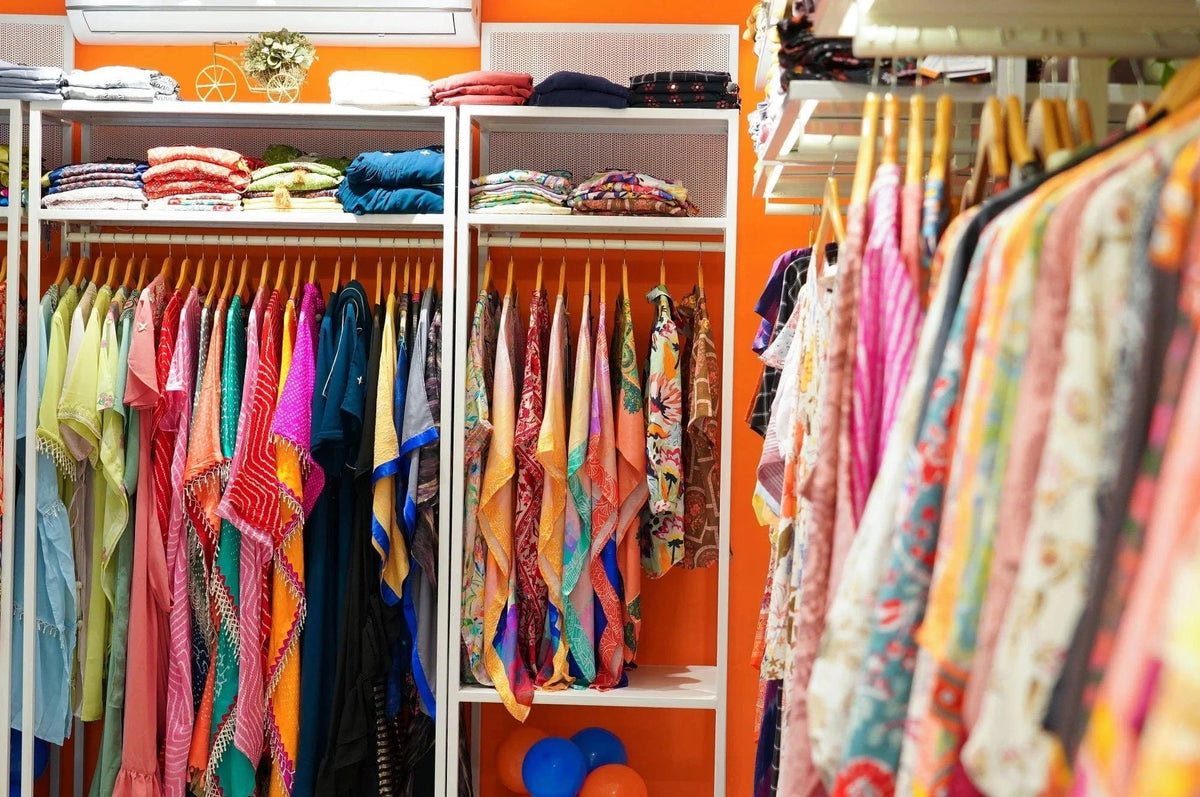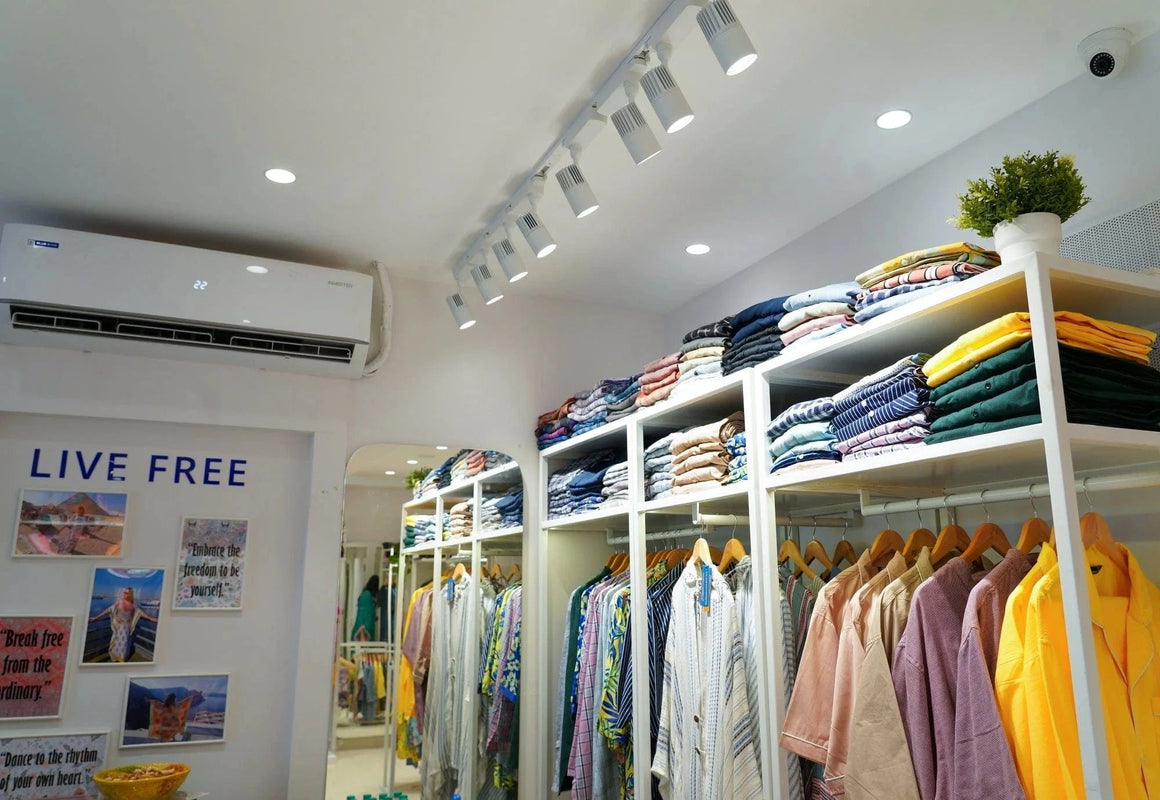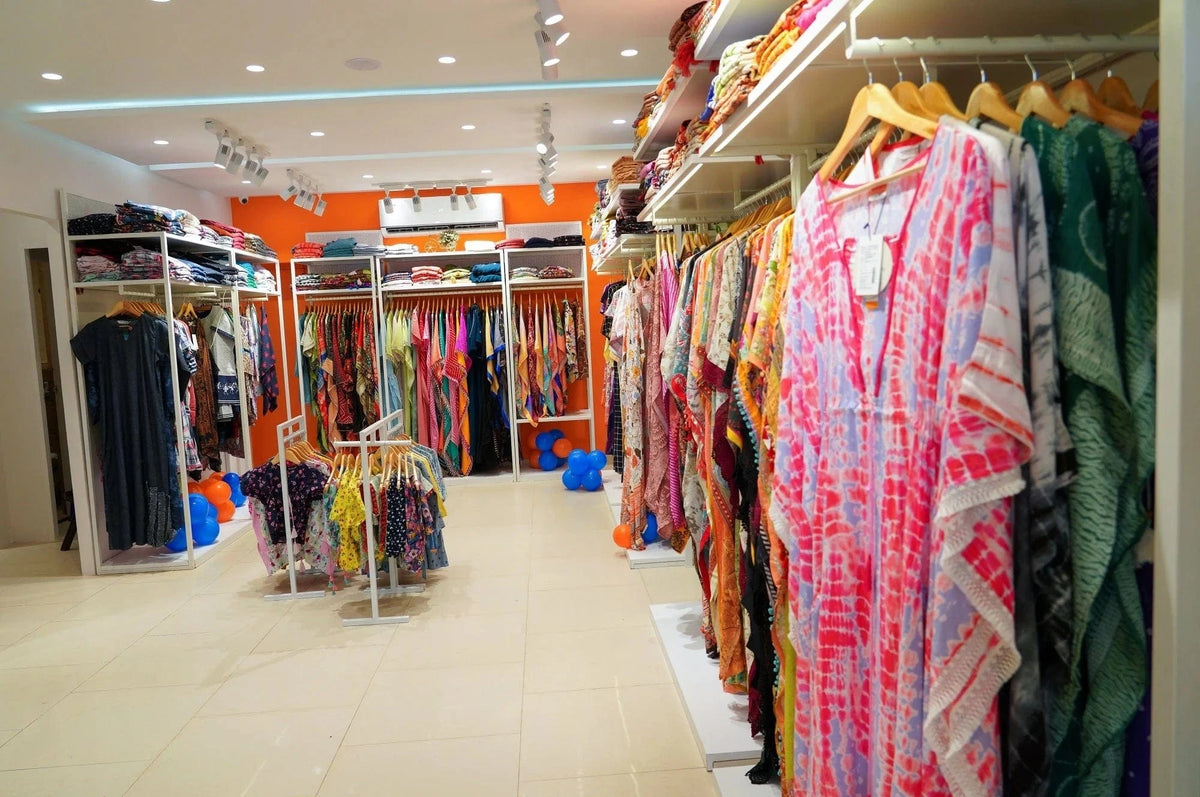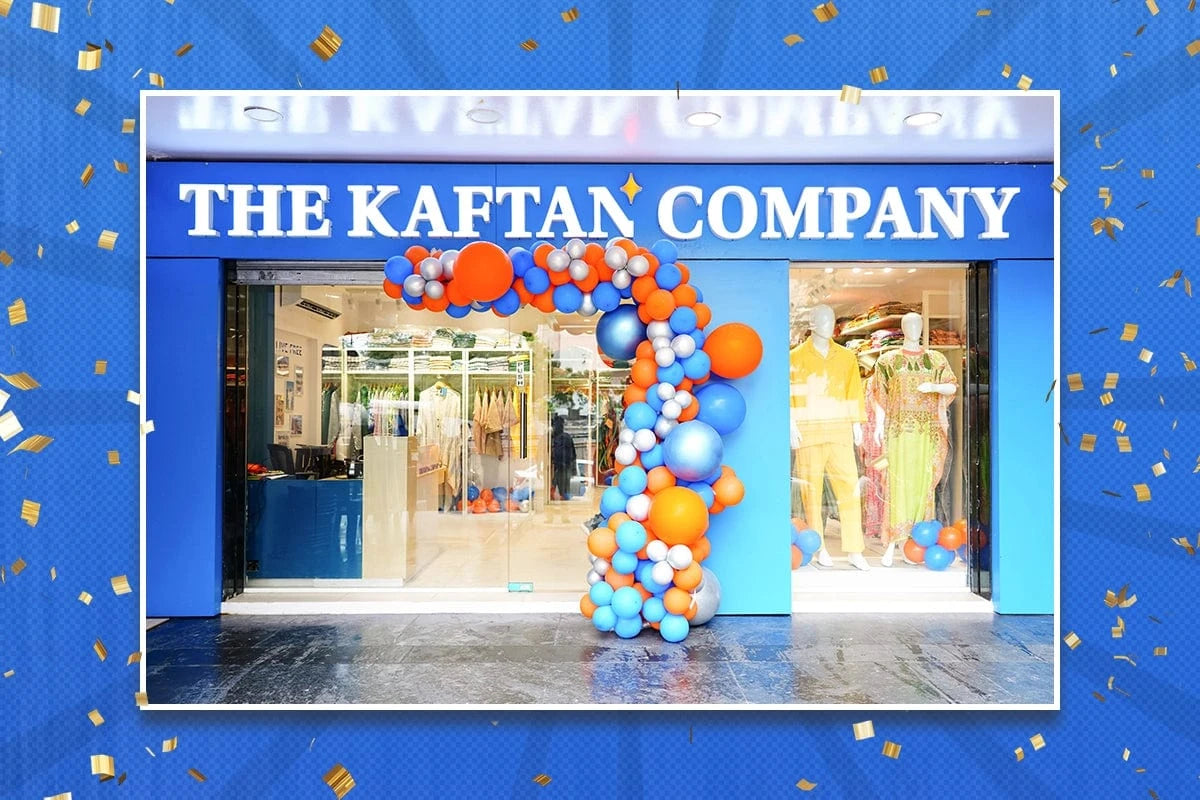The Kaftan Company (TKC) is India’s most recognised brand for kaftans, founded by husband-wife duo – Prakruti Gupta and Navin Rao – in 2016. In an interview with Fibre2Fashion, the duo talks about the design process behind their collection and their approach toward sustainable and slow fashion.
Fibre2Fashion: How did the idea to set up your own brand occur? Do you both have similar backgrounds in fashion or textiles?
Prakruti Gupta Rao & Navin Rao:
We began our fashion brand ‘The Kaftan Company’ in 2016. Previous to that we were bulk production manufacturers for other companies such as Arvind Retail, Madura Garments, Landmark Group and Pantaloons. After a period of learning the operational needs for development and production, we embarked on the entrepreneurial journey of establishing our own brand. While we observed many thousands of brands producing western wear and ethnic wear, we identified a niche related to kaftans and hence decided to be different and re-introduce this wonderful garment.
F2F: How do you strike a balance between work and personal life as a husband-wife duo and brand founders? What were the challenges faced?
PGR&NR:
We support each other with our day-to-day priorities. We have divided responsibilities based on our key strengths that allow us to manage the growth of the company in a more efficient manner. Naturally, where required, we discuss and ultimately find solutions together and strategise accordingly.
F2F: How difficult is it to stick to a particular niche? What were the difficulties you had to overcome initially?
PGR&NR:
Our initial two years since launching the brand were spent educating the customers on the many positive attributes of a kaftan such as comfort, style and elegance, as well as its inclusive nature for all shapes and sizes with extremely vibrant prints. Given it was a niche when we started, we are thankful for it now being considered mainstream. Especially since it was selected by many to be the preferred garment to be worn when lounging at home or while on a holiday.
F2F: Your prints are one of the most versatile. How do you derive inspiration to keep them fresh?
PGR&NR:
Many thanks for your compliments of our prints. We have in-house designers who continuously seek inspiration from a variety of sources. We then translate approved intricate designs into beautiful digital prints that finally become our kaftans creations.
F2F: How does the design process undergo? What methods and technologies are utilised?
PGR&NR:
The design process works with evaluation of the upcoming colours and print themes as set by the fashion world. We then consider a combination of available matching ready prints as well as create our own unique in-house design concepts. Once these prints are matched against the approved styles, they are matched and mapped out for production. The in-house designs are then submitted for digital printing as it provides millions of colour shade variations and is less effluent than traditional printing methods.
F2F: How is your approach towards sustainability and slow fashion? How feasible is it overall?
PGR&NR:
Kaftans are unique in production by being virtually zero waste right from its production inception. As a result, the garment is sustainable in nature. Additionally, using digital prints for many of our styles results in beautiful prints created with less effluence, thereby minimising our carbon footprint as a manufacturer overall. It is a continuous process, which we evaluate frequently to identify further methods that can help reduce our negative impact on the environment.
F2F: Can you share some style tips and prints to adopt this summer?
PGR&NR:
Florals, stripes and loungewear are highly recommended for this summer.
Publication : Fibre2Fashion
Source link: https://fashiongear.fibre2fashion.com/fashion-talks/the-kaftan-company-interview/





